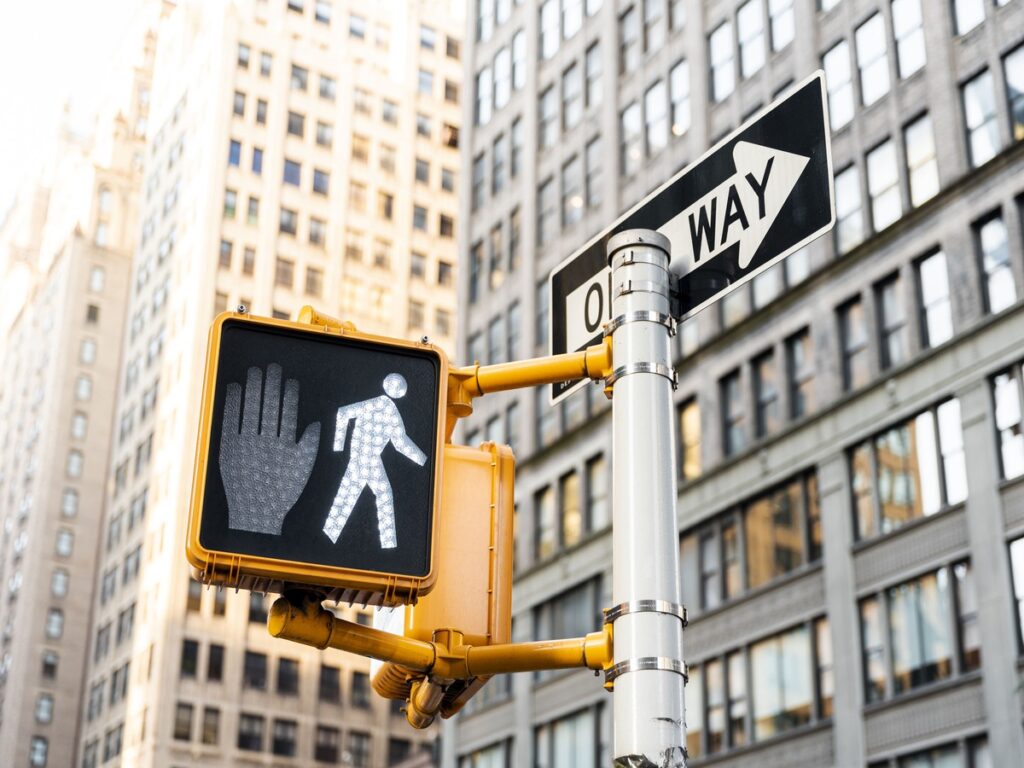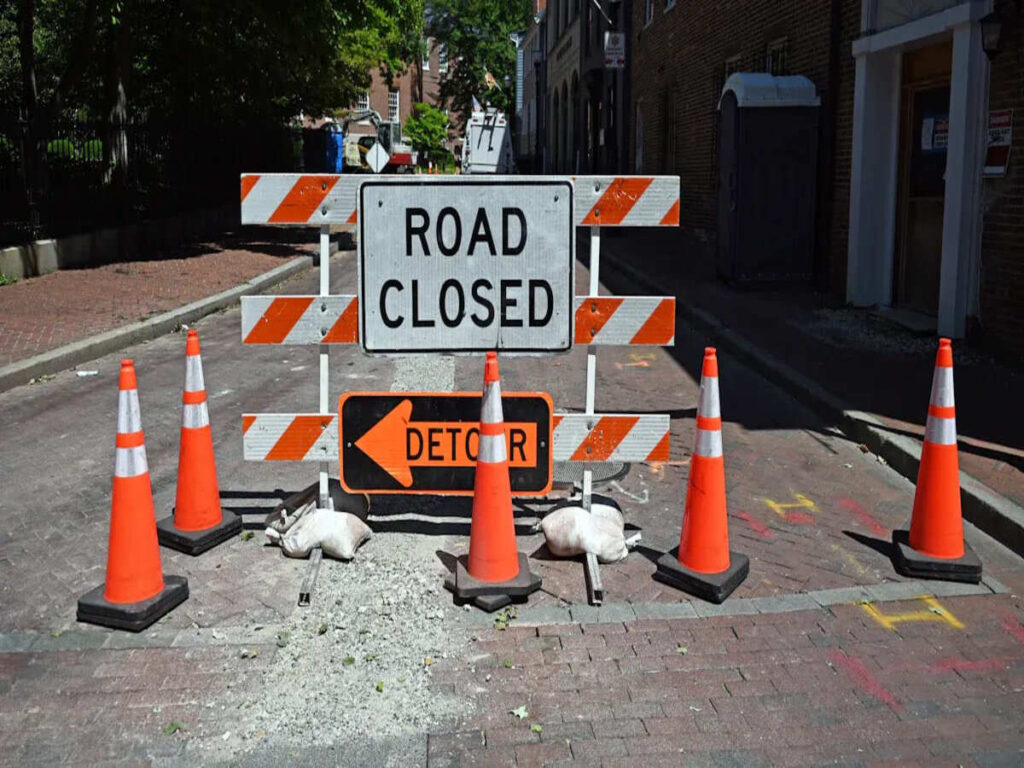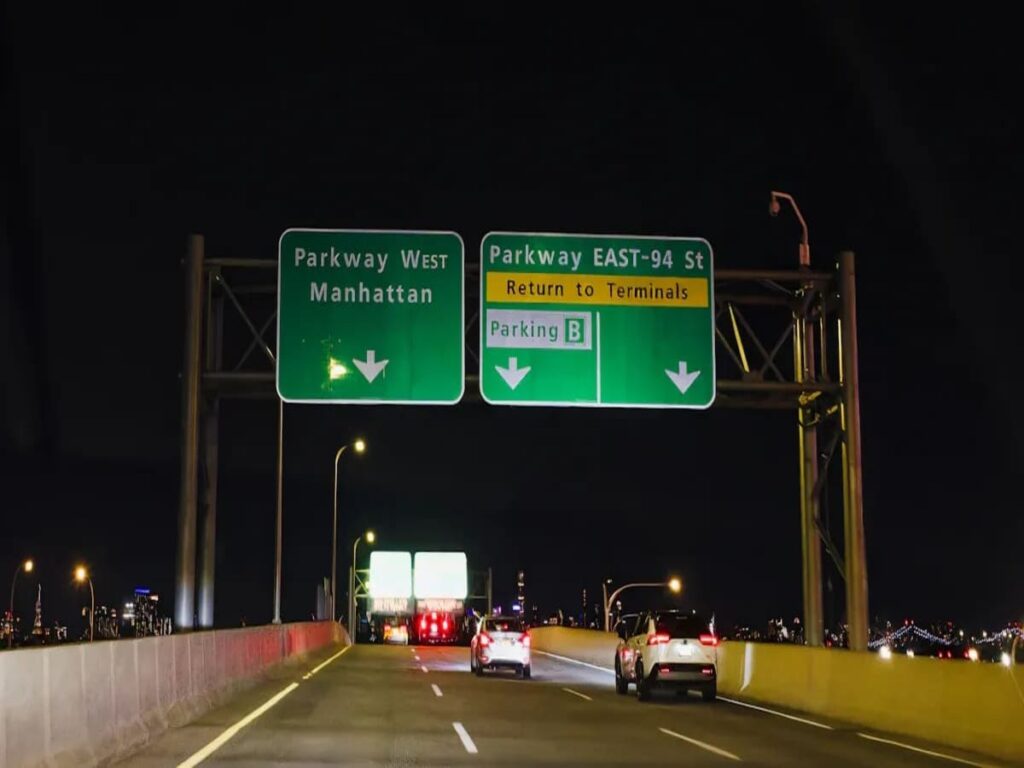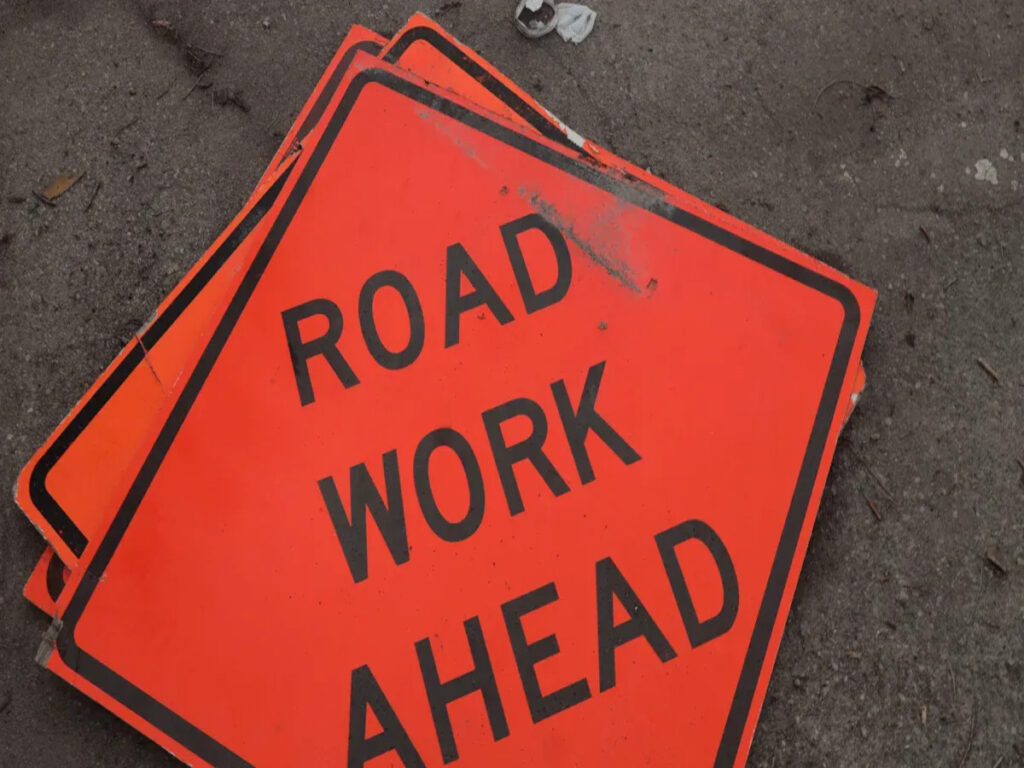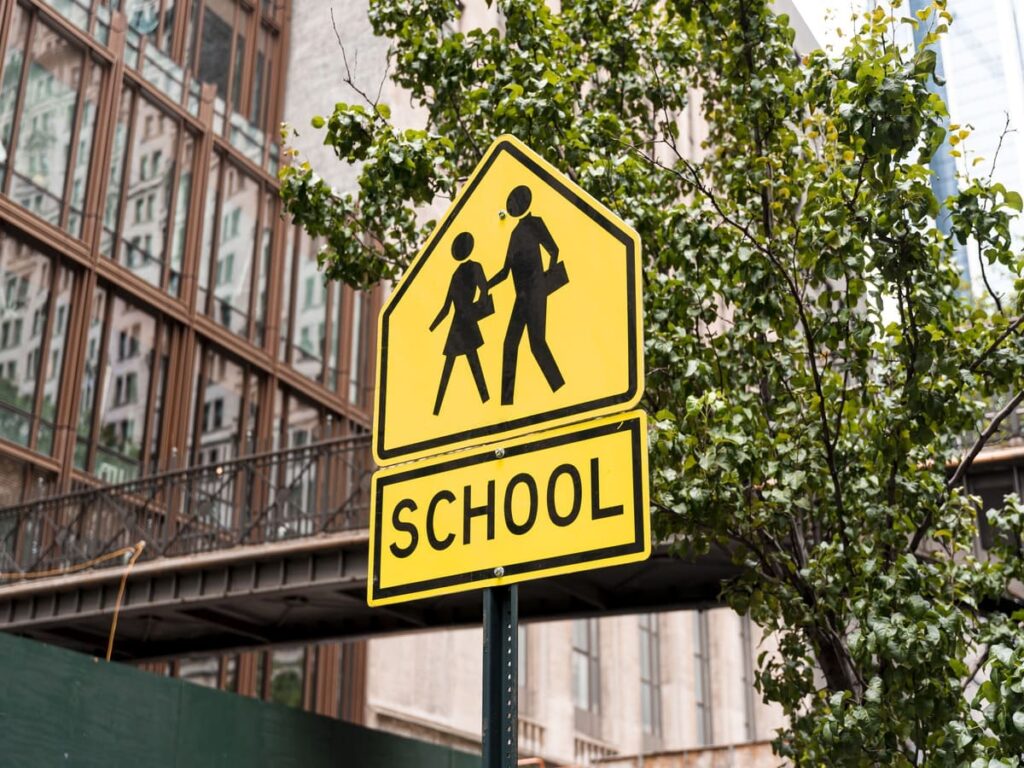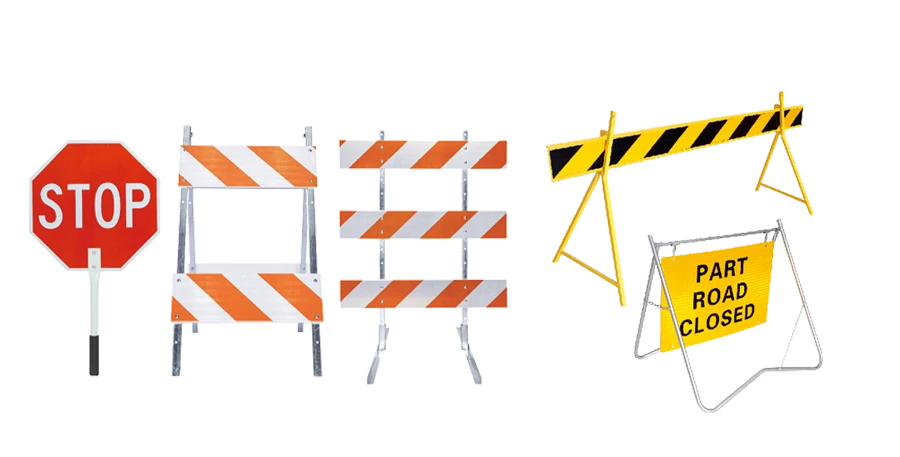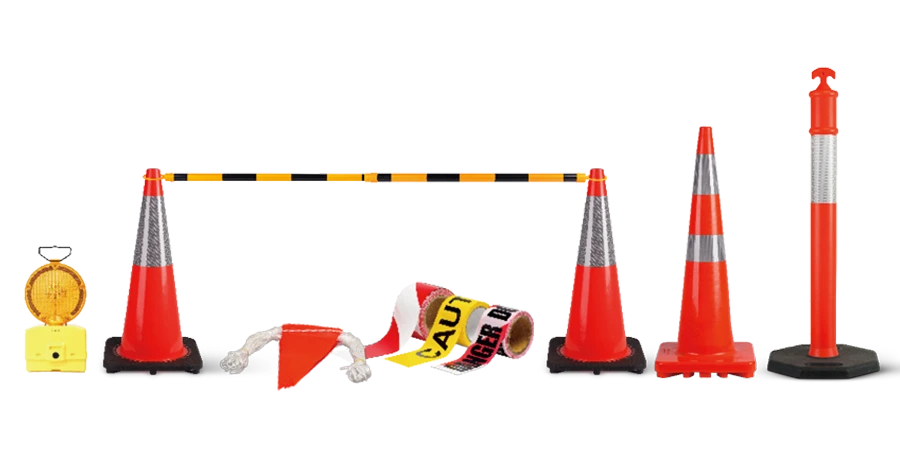
On a foggy morning at a busy airport, ground staff use traffic batons to help pilots get to their gates safely. These tools are very important for keeping everyone safe when planes move. Traffic batons let ground crews give signals to pilots, stop confusion, and make things work faster. Airports depend on these tools to lower danger and keep everyone safe on the tarmac.
At OPTRAFFIC, we provide high-quality traffic batons designed for visibility and durability in demanding environments like airports. Our LED batons help ensure smooth and safe operations on the tarmac, improving communication between ground crews and pilots. Explore our range of traffic management tools today to enhance safety at your facility.
Key Takeaways
- Traffic batons help ground crews guide planes safely. They give clear signals that pilots can see. Pilots can see them even in fog or at night.
- Using light-up batons makes accidents happen less often. They help people see better and stop confusion between pilots and ground staff.
- Traffic batons help airport teams work faster together. They help move planes without making them wait.
- Modern batons use bright LED lights and strong materials. They last a long time and work well in any weather.
- Picking the right baton for each job is important. Training staff the right way keeps airports safe and running well every day.
Traffic Batons Overview

Features and Types
Traffic batons are important tools for airport ground safety. They help air traffic controllers and ground staff guide planes and vehicles. These batons are made to be easy to see, strong, and simple to use. Expandable batons can get longer and have magnets for more uses. Some batons come in different colors, so controllers can pick the best one. The table below shows the main types of traffic batons used at airports:
| Type of Traffic Baton | Power Source | Light Color Options | Special Features | Physical Design Features | Robustness & Safety Features | Typical Applications |
|---|---|---|---|---|---|---|
| LED & Rechargeable Wands | Rechargeable battery | Red, Blue, Green, Yellow | Traffic control for police command | Length ~54 cm | High impact, explosion-proof | Police command, airport ground ops |
| Light Up Traffic Wands | Battery (AA/D) | Multi-color available | Torch light, economical | Compact | Standard durability | General traffic control |
| Expandable Traffic Wands | Battery operated | Red | Extensible length, magnetic base | Extendable length | Magnetic base | Airport marshalling, parking |
| Safety Light Wand | Battery operated | Red | Flashlight, hammer & reamer | Standard wand shape | Standard durability | Emergency, safety |
| Multi-color LED Traffic Wands | Rechargeable battery | Multi-color | Strong magnetic base | Ergonomic design | High impact | Air traffic control, command |
| Red Green Traffic Batons | Rechargeable battery | Red and Green | Magnetic base, clip and string | Ergonomic, lightweight | High impact | Airport ground operations |
| Solar Barricade Lights | Solar powered | LED (small lights) | Installed on barricades and cones | Compact, weather resistant | Weatherproof | Airport barricades, traffic cones |
| Heavy Duty Police LED Wands | Rechargeable battery | Red and Blue | Top flashlight, ABS handle, PC lens | Robust, ergonomic | Explosion-proof, high impact | Police command, airport security |
| Aircraft Marshalling Wands | Rechargeable battery | LED | Flashlight & whistle | Ergonomic design | High impact | Air traffic control, aircraft guidance |
| Battery LED Traffic Wands | Battery (AA/D) | Red, Green, Blue, Yellow | Clip, string, strong magnet | Lightweight | Standard durability | Parking lots, general traffic |
How They Are Used
Airport ground staff use traffic batons to guide planes and cars. Air traffic controllers, ramp workers, and catering teams all use these tools. Everyone gets training from groups like IATA and FAA-approved schools. Training teaches hand signals, how to talk with others, and how to stay safe. Signalers wear bright vests and use light-up batons at night or in fog. These steps help stop crashes and keep things running smoothly.
Tip: You must use light-up traffic batons at night or in bad weather. This rule helps air traffic controllers talk clearly with pilots and ground crews.
- Airside traffic workers
- Aircraft ground dispatchers
- Ramp workers
- Catering delivery workers
Traffic batons are very important for air traffic control. They help keep ground movement safe and fast. Air traffic controllers use them to guide planes and help ground teams. These tools help lower risks and make airports safer for everyone.
Safety Benefits

Enhanced Visibility
Airport ground crews use traffic batons to help pilots see better. The batons light up, so pilots and workers can spot signals fast. These tools work well in fog, rain, or at night. LED lights shine through bad weather, so everyone sees what to do. Pilots can notice the lights from far away. This helps them follow directions and not get confused.
- Light-up batons give clear signals in fog and rain.
- Bright LED lights help pilots and crews talk.
- Good visibility in bad weather lowers risks.
Clear signals are important for airport safety. When ground staff use lighted batons, they help stop accidents. The bright colors and lights show everyone where to go, even when it is hard to see.
Preventing Miscommunication
Aviation safety needs good communication between ground staff and pilots. Traffic batons help workers send simple signals. Each baton move means something special. Pilots watch for these moves to know when to stop, turn, or go. This system helps stop mistakes and keeps people safe.
Note: Training teaches ground staff how to use batons. Workers learn what each move and color means.
Miscommunication can be dangerous. Traffic batons make instructions easy to follow. Pilots trust the signals. Ground crews know how to guide planes safely. This teamwork helps keep airports safe and running well.
Accident Reduction
Traffic batons help lower accidents on the tarmac. Ground staff use them to guide planes and cars. This keeps safe space between moving things. The bright lights and colors warn about dangers. Workers can signal when to stop or turn, so crashes do not happen.
| Safety Benefit | How Batons Help | Result |
|---|---|---|
| Accident Prevention | Guide planes and vehicles | Fewer crashes |
| Hazard Awareness | Show dangers with bright lights | Fast response to risks |
| Safe Distances | Help movement on runways | Better aviation safety |
Aviation safety gets better with clear signals. Traffic batons help ground staff control busy places, even in bad weather. These tools help airports stay safe by lowering accidents and keeping people and equipment safe.
Operational Efficiency
Streamlining Movements
Traffic batons help ground crews move planes fast and safe. Workers hold two batons to show pilots what to do. These signals help planes taxi, park, and get towed. The bright lights and colors make them easy to spot. Air traffic control teams use these tools to stop delays. Pilots see the signals and know what to do right away. This system helps everyone avoid confusion. It makes things work better and helps manage airspace.
Traffic batons are more exact than just waving hands or using radios. The signals are the same everywhere and pilots learn them. This means pilots understand what to do right away. It helps cut down on waiting and keeps things moving. Airports have fewer slowdowns and work better overall.
Team Coordination
Good air traffic control needs teamwork. Ground staff, marshallers, and drivers must work together. Traffic batons help everyone understand each other. When people use the right signals, the team can guide planes and cars safely. This teamwork helps manage airspace and stops mistakes.
Note: Training teaches staff how to use batons and follow rules. These lessons help teams talk clearly and work well together.
When teams work together, there are fewer accidents. Crews can handle busy times and bad weather with confidence. Traffic batons make it easier for teams to move planes and cars safely.
Real-World Applications
Airports use traffic batons for many jobs every day. Ground crews show planes where to park and guide service trucks. They also help during emergencies. Air traffic control teams use batons when it is busy or hard to see. These tools help keep everything organized and running well.
- Showing planes where to park
- Guiding fuel and food trucks
- Helping with emergency plans
Traffic batons are very important for airport efficiency. They help staff keep everyone safe and on time. Airports everywhere use these tools to manage airspace and move planes smoothly.
Baton Design and Selection
LED Lighting
Modern airport traffic batons use LED technology to help people see them better. LEDs are very bright, so signals are easy to spot from far away, even in fog or at night. These lights do not use much power, so the batons work longer before needing a charge. Workers can pick different light patterns like steady, flashing, or switching back and forth. This helps them give clear instructions. Some batons have more than one color, like red for stop and green for go. This makes it easier for ground crews to talk to pilots and drivers. LED batons last longer than old ones, so airports save money over time.
Tip: LED batons with rechargeable batteries and special light patterns help ground staff stay safe and do their jobs well, no matter the weather.
| Design Feature | Description |
|---|---|
| LED Light Source | Bright LEDs help people see signals from far away. |
| Light Modes | Batons can flash, stay on, or switch patterns for signals. |
| Multi-color Options | Red, green, and amber lights show different instructions. |
| Power Source | Rechargeable batteries last a long time between charges. |
Durability and Ergonomics
Airport traffic batons need to be strong and last a long time. Makers use tough materials like polycarbonate, ABS plastic, and rubber so batons do not break or get ruined by water. These features help batons work in heavy rain, hot weather, or busy airports. Handles are shaped to fit hands and have non-slip covers or foam, so workers can hold them easily during long shifts. Batons are light, so workers do not get tired. Wrist straps stop batons from falling near moving vehicles. Some batons have magnets, so workers can stick them to metal and use both hands.
- Strong batons do not break or get damaged by water.
- Handles are comfy and safe to hold.
- Light batons are easy to use and carry.
Choosing the Right Baton
Airport leaders must pick traffic batons that fit their needs. They should think about where they work, the weather, and how easy it is to see. The job matters too—some batons are best for signals, others for emergencies or guiding cars. It is important that everyone can see the signals clearly. Batons should follow safety rules like OSHA and MUTCD. Airports should ask experts and do research to pick the best baton for each team, like flight dispatch, maintenance, or security.
Note: Picking the right baton helps everyone stay safe, talk clearly, and work better at the airport.
- Check the work area and weather.
- Match baton features to each airport job.
- Make sure batons follow safety rules.
- Ask experts about what equipment to use.
Traffic batons are very important for airport safety. They help ground crews work smoothly and avoid problems. Safety groups say to use LED marshaling wands at night. These wands are bright and easy to see in the dark. During the day, workers should use orange day wands. These wands are shaped like triangles and stand out in sunlight.
- LED lights help at night so pilots see signals.
- Orange day wands are easy to spot during the day.
If airports do not use these tools, mistakes can happen. This can lead to more accidents and confusion. Good traffic batons help everyone understand what to do. They keep people safe and help planes move without delays. Airport leaders should always choose the best tools for ground crews. Clear signals and good equipment make airports safer and more efficient.
FAQ
What makes LED traffic batons better for airport use?
LED traffic batons shine very brightly and are easy to see. Ground crews use them when it is dark or the weather is bad. These batons last a long time and do not use much power.
How do ground staff learn to use traffic batons?
Airport workers go to special classes to learn. Teachers show them the right hand signals and safety steps. They also teach how to hold and use the batons. This training helps stop mistakes and keeps everyone safe.
Can traffic batons work in extreme weather?
Most airport traffic batons are made to handle rain, heat, and cold. Strong materials and tight seals keep them working in tough weather.
Why do airports use different colored batons?
Airports pick different colors for different signals. Red usually means stop and green means go. Multi-color batons help ground crews give clear directions to pilots and drivers.
How often should airports replace their traffic batons?
Experts say to check batons often. Replace them if the lights get dim, batteries stop working, or they look broken. Good batons can last for years if you take care of them.

